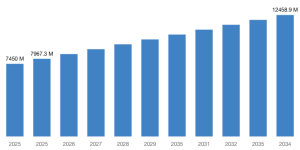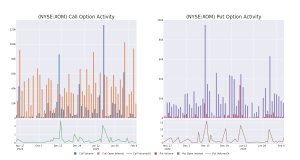SmartAsset and Yahoo Finance LLC may earn commission or revenue through links in the content below.
An employer match is one of the most valuable features of many 401(k) plans. Even without an employer match of your contributions, however, a 401(k) can still be useful for retirement savings. The tax-deferred growth and the potential for disciplined, automatic contributions make it an option worth considering. If your 401(k) plan doesn’t match your contributions, deciding whether to contribute involves weighing factors such as alternative investment opportunities and the broader role your 401(k) might play in your overall retirement strategy.
Talk your financial objectives over with a financial advisor to develop a retirement savings strategy.
An employer 401(k) match is a financial contribution made by the employer to an employee’s retirement account. It is typically based on the employee’s own contributions. Employer matching can be a powerful incentive to save because it effectively offers free money to employees who elect to participate.
Matches are often structured as a percentage of the employee’s salary, with a cap. For example, an employer might match 50% of the first 6% of the employee’s salary that the employee contributes. This means if you contribute 6% of your salary, the employer adds an amount equal to 3% of your salary to your 401(k). If you contribute more than 6%, there will be no matching contribution, however.
In addition to matching only a portion of the employee contributions, these contributions often come with other limitations. For example, employees often don’t immediately have full ownership of employer matching contributions. Vesting schedules determine when employees gain full ownership of matched funds. Vesting periods can range from immediate to several years and understanding the match formula and vesting requirements is key to maximizing the value of an employer-sponsored 401(k).
Another benefit of employer matching is that employer contributions don’t count against the cap on 401(k) contributions by the employee. For 2025, this limit is $23,500. The cap on total 401(k) contributions including employee and employer contributions still applies, however. For 2025, this cap is $70,000.
These plans also offer other benefits, such as tax benefits and long-term investment growth. These advantages can still make it worthwhile to contribute without additional employer contributions.
Even without an employer match, a 401(k) can still be a valuable tool for retirement savings, offering tax advantages, convenience and opportunities for disciplined investing. Here are seven key reasons to consider contributing regardless of whether your employer offers matching contributions:



